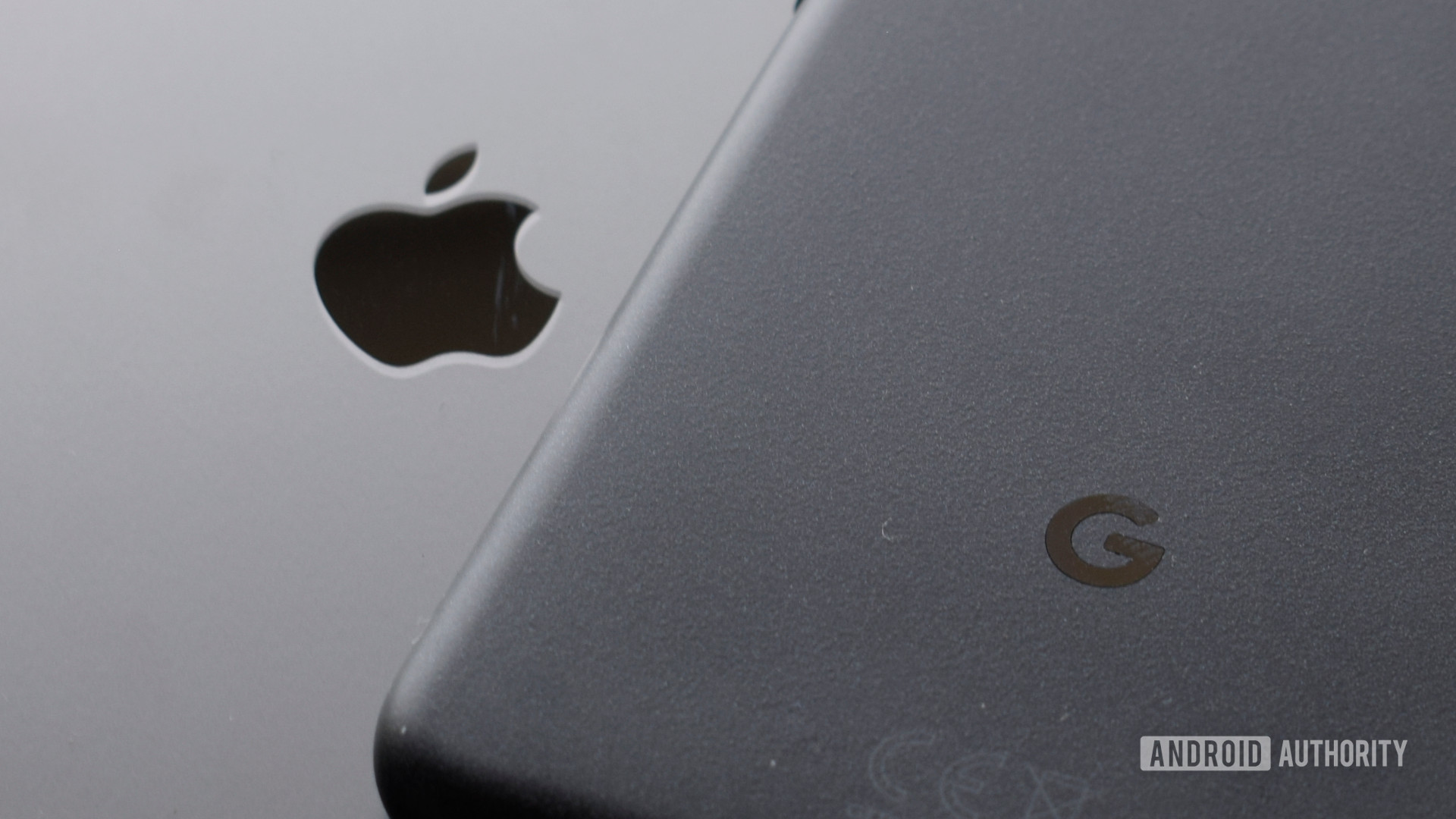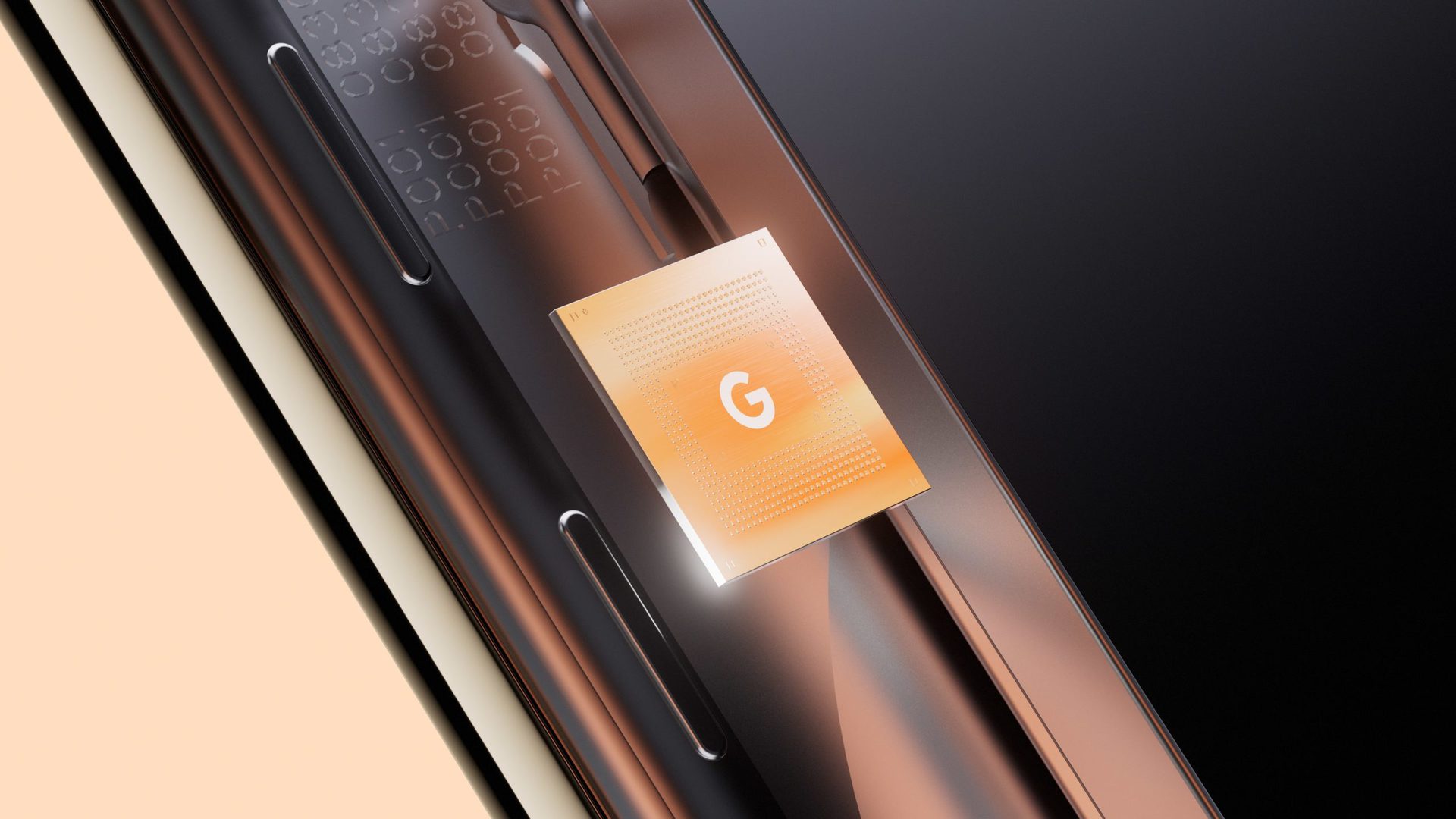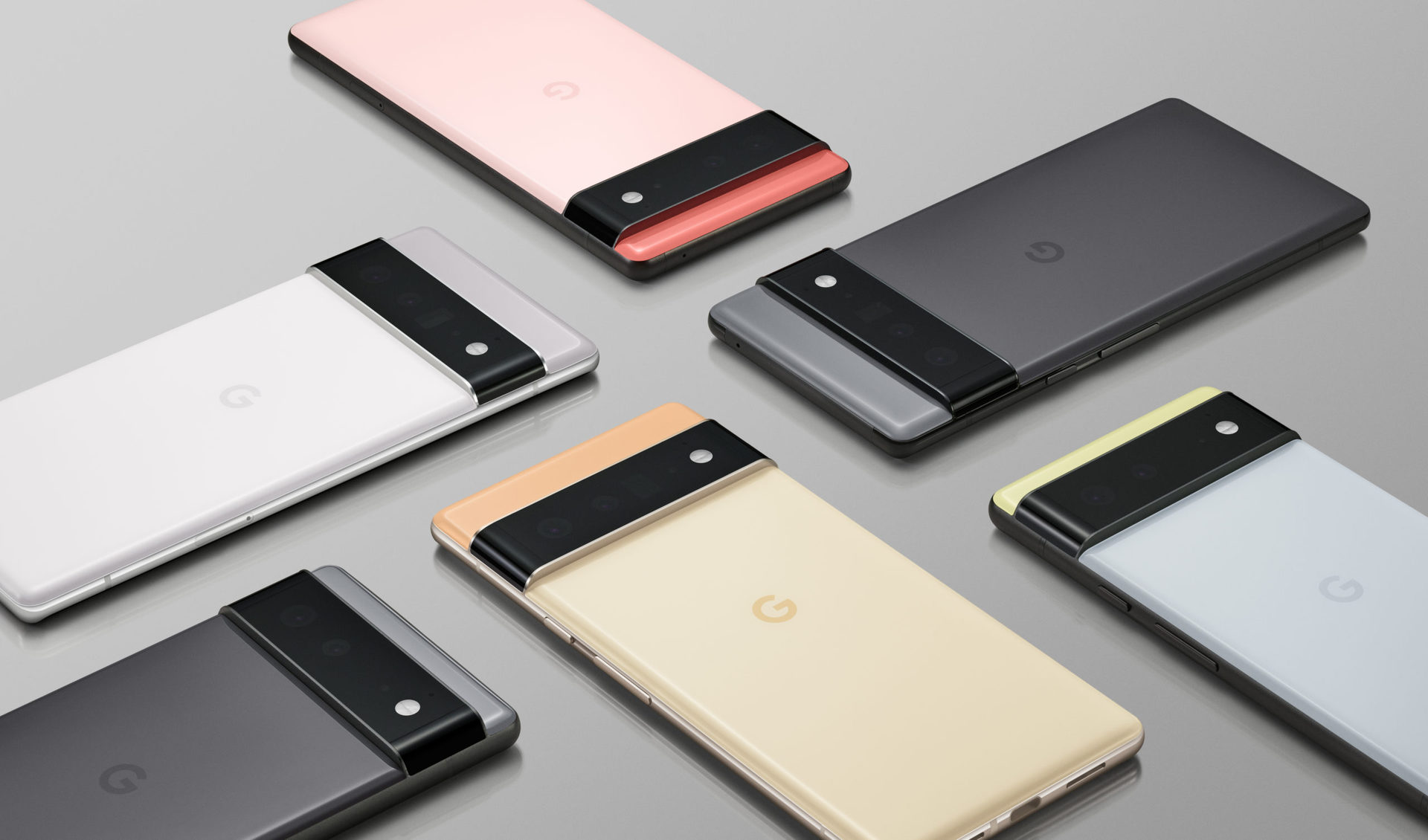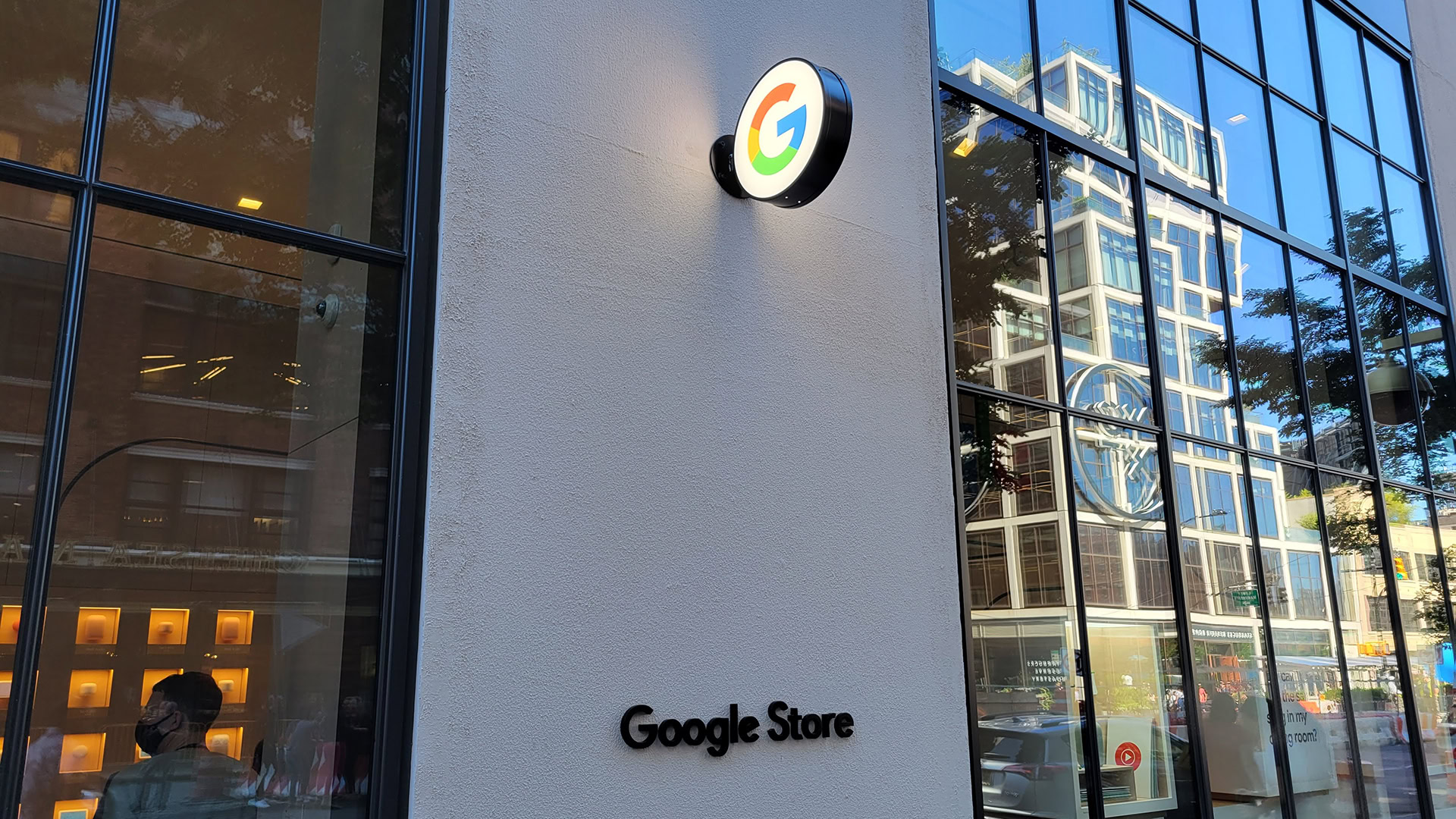Affiliate links on Android Authority may earn us a commission. Learn more.
The Pixel 6 is Google's first true answer to the iPhone

Google has often pitched the Pixel series as an iPhone alternative, but that’s not how competition has unfolded in practice. More often than not, the Pixel has served as the foil to other Android phones. It’s what you get if you’re tired of cluttered interfaces, over-complicated cameras, or ultra-premium prices from Google’s partners. While that’s fine, there’s been a lingering sense that Google didn’t understand what makes iPhone fans so loyal.
The Pixel 6 looks poised to change all that. While there’s no guarantee it will make Pixel a household name on par with the iPhone or Galaxy brands, it suggests that Google is finally aiming directly at Apple. And not just in terms of specs, design, or even marketing — Google is pursuing that tight integration that has proven elusive for many Android device makers. This is Google’s best chance to sway not just iPhone users, but Android fans who’ve yearned for a few of the iPhone’s advantages.
Hardware and software could achieve Apple-like harmony

Ask iPhone owners why they don’t switch to an Android phone like a Pixel and they’ll often say it’s because many things “just work.” Whether they know or not, what they mean is that the hardware and software work closely together in harmony — and that’s true on a fundamental level. Apple can optimize iOS features and performance for a narrow range of devices; it can design chips and other components to power iOS features that might be years away. You know you’ll get a speedy, well-supported phone with perks that aren’t always easy to replicate elsewhere.
Google has dabbled in custom hardware in the past. The Pixel Visual Core helped tackle image processing on the Pixel 2 and Pixel 3, while the Pixel 4’s Neural Core was an in-house machine learning processor that took this a step further by enabling greater voice recognition, transcription capabilities, and more. The Pixel 4 also implemented Google’s Soli radar tech for touch-free gestures.
Read more: Why the Pixel 6’s Tensor chip is actually a big deal (and why it isn’t)
Even so, Google hasn’t had much control over its hardware destiny. Like many Android vendors, it has largely been chained to its main chip provider, Qualcomm. In spite of Google’s best efforts, the latter company’s roadmap has largely dictated the limits of Pixel performance, updates, and features where Apple has been free to head in virtually any direction it wants with iPhones.
That won’t be as much of a problem with the Pixel 6. Google has introduced its first mobile system-on-chip, the Google Tensor, with machine learning at its very heart. The company has more freedom to set priorities for performance, security, and CPU-related features like speech recognition. Google will still have to use some stock components and won’t have as much control as Apple. Even so, it should have more of the iPhone-like integration that many Android vendors only wish they had.
The Pixel 6 is a real flagship on par with the iPhone

We’ll be blunt: Google’s Pixel phones have only really flirted with flagship status. While they’ve often had high-end chips and the occasional creature comforts, they’ve rarely been all-out devices that win spec or design wars. They’ve largely used the same base camera hardware and their designs can best be described as… frugal. While Pixel phones have on occasion represented better value for money than the iPhone and similar flagships, they’ve never been the absolute best (or flashiest) devices you could put in your pocket.
The Pixel 6 doesn’t make those concessions, at least not at first blush. Tensor promises unique performance advantages, of course, but you can also expect a thoroughly up-to-date camera array with an improved main sensor and a long-overdue move to a triple camera array on the Pixel 6 Pro. We’re also expecting to see a 120Hz display on the higher-end model, and leaks suggest that the memory and storage will catch up to modern expectations. This Pixel might easily go toe-to-toe with the iPhone and the best Android phones, not just competitors in the same price class.
And yes, the design matters. Whether you think the Pixel 6’s two-tone look is brilliant or gimmicky, there’s little doubt that it screams “flagship” in a way that even a Pixel 4 never did. This is a Pixel you’d want to flaunt in front of your friends, and it might make iPhone owners a tad envious. That, in turn, could catch the eyes of everyday shoppers who ignored earlier Pixels in favor of premium-looking (if not necessarily technically superior) rivals.
Google will sell it like a flagship, too

Android fans like to argue that the iPhone has triumphed over the Pixel thanks to marketing, not technology. However, it would be fairer to say that Google has sold the Pixel short compared to its biggest rivals. Outside of the initial marketing blitz and the occasional ad, you’d be hard-pressed to believe that Google, one of the world’s most influential tech companies, made its own phones. Pixels are great devices — it’s just that most people don’t even know they exist.
That might not be a problem with the Pixel 6. Google’s Rick Osterloh told The Verge that the company believes the Pixel 6, “really now is the Google phone,” and that the company wants to claim market share. Accordingly, Google CFO Ruth Porat warned of a huge jump in marketing spending for product launches later in 2021. The tech giant finally has the confidence to sell the Pixel like a flagship on par with the iPhone and Galaxy S, and that could be key to Google racking up some long-overdue sales.
Google has historically sold the Pixel short compared to its biggest rivals.
Google will have slightly more control over how it sells the Pixel 6, for that matter. Although Google has just one permanent retail store as of this writing, a larger shop network could help reduce the company’s dependence on carriers and big-box tech shops that often aren’t very interested in promoting Google hardware. Apple’s retail stores helped the iPhone succeed by giving customers an easy way to see and try the device — Google won’t repeat that success any time soon, if at all, but it might get the ball rolling during the Pixel 6 lifecycle.
The surge in spending hints that Google might not have to lean so much on its own stores, however. That marketing money could lead to wider carrier availability, not to mention greater prominence in stores. You might buy a Pixel 6 simply because it’s more likely to show up at a local store near you. Simple exposure matters, too. Apple and Samsung frequently flood the market with ads for their latest flagships. If Google can market the new Pixel with anywhere near the same level of intensity, it might have a flagship as popular as it is powerful.